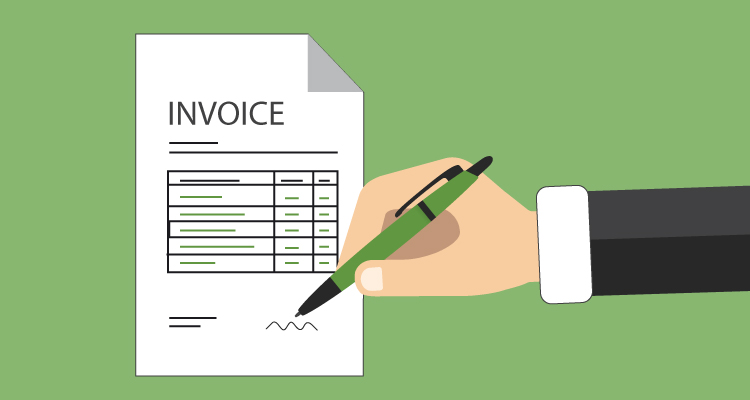
In the realm of business operations, the invoicing process plays a crucial role in maintaining cash flow, fostering customer relationships, and ensuring financial transparency. Implementing standardized invoicing procedures is key to streamlining operations, reducing errors, and improving overall efficiency. This blog delves into the importance of implementing standardized invoicing procedures and offers practical insights on how organizations can effectively establish and execute them.
Importance of Standardized Invoicing Procedures
Standardized invoicing procedures are fundamental to the financial health and operational efficiency of any organization. Here’s why they are essential:
- Consistency and Accuracy: Standardized procedures ensure consistency in invoice creation, formatting, and delivery methods. This consistency minimizes errors such as incorrect billing amounts, missing information, or delayed invoices, which can impact cash flow and customer satisfaction.
- Efficiency Gains: Streamlined invoicing processes save time and resources. By automating repetitive tasks, organizations can allocate staff resources more efficiently and focus on strategic initiatives rather than manual invoicing tasks.
- Cash Flow Management: Timely and accurate invoicing accelerates the billing cycle and improves cash flow management. It allows organizations to predict revenue more effectively, optimize working capital, and reduce the need for short-term borrowing.
- Customer Satisfaction: Clear, professional invoices enhance the customer experience by providing transparent billing information. This improves payment visibility, reduces disputes, and strengthens customer relationships based on trust and reliability.
Practical Steps to Implement Standardized Invoicing Procedures
Implementing standardized invoicing procedures involves a systematic approach and collaboration across departments. Here are practical steps to guide you through the process:
- Define Invoicing Policies and Guidelines
Develop comprehensive policies and guidelines that outline the invoicing process from start to finish. Include standards for invoice formatting, itemization of charges, payment terms, and methods of delivery (e.g., email, electronic invoicing platforms). - Utilize Invoicing Software
Invest in invoicing software or enterprise resource planning (ERP) systems that automate invoicing workflows. These tools streamline invoice generation, enable customization of templates, automate payment reminders, and facilitate integration with accounting systems for seamless record-keeping. - Train Staff on Invoicing Procedures
Provide training to employees involved in the invoicing process, including sales, finance, and customer service teams. Ensure they understand the importance of adherence to invoicing policies, accurate data entry, and timely invoicing to avoid delays and errors. - Implement Quality Assurance Checks
Establish quality assurance checks to validate the accuracy and completeness of invoices before they are sent to customers. Verify that all required information is included, such as billing addresses, purchase order numbers, and applicable taxes or discounts. - Monitor and Analyze Invoicing Metrics
Monitor key performance indicators (KPIs) related to invoicing, such as invoice processing time, payment collection periods, and invoice dispute resolution rates. Analyze these metrics regularly to identify bottlenecks, areas for improvement, and opportunities to optimize cash flow.




